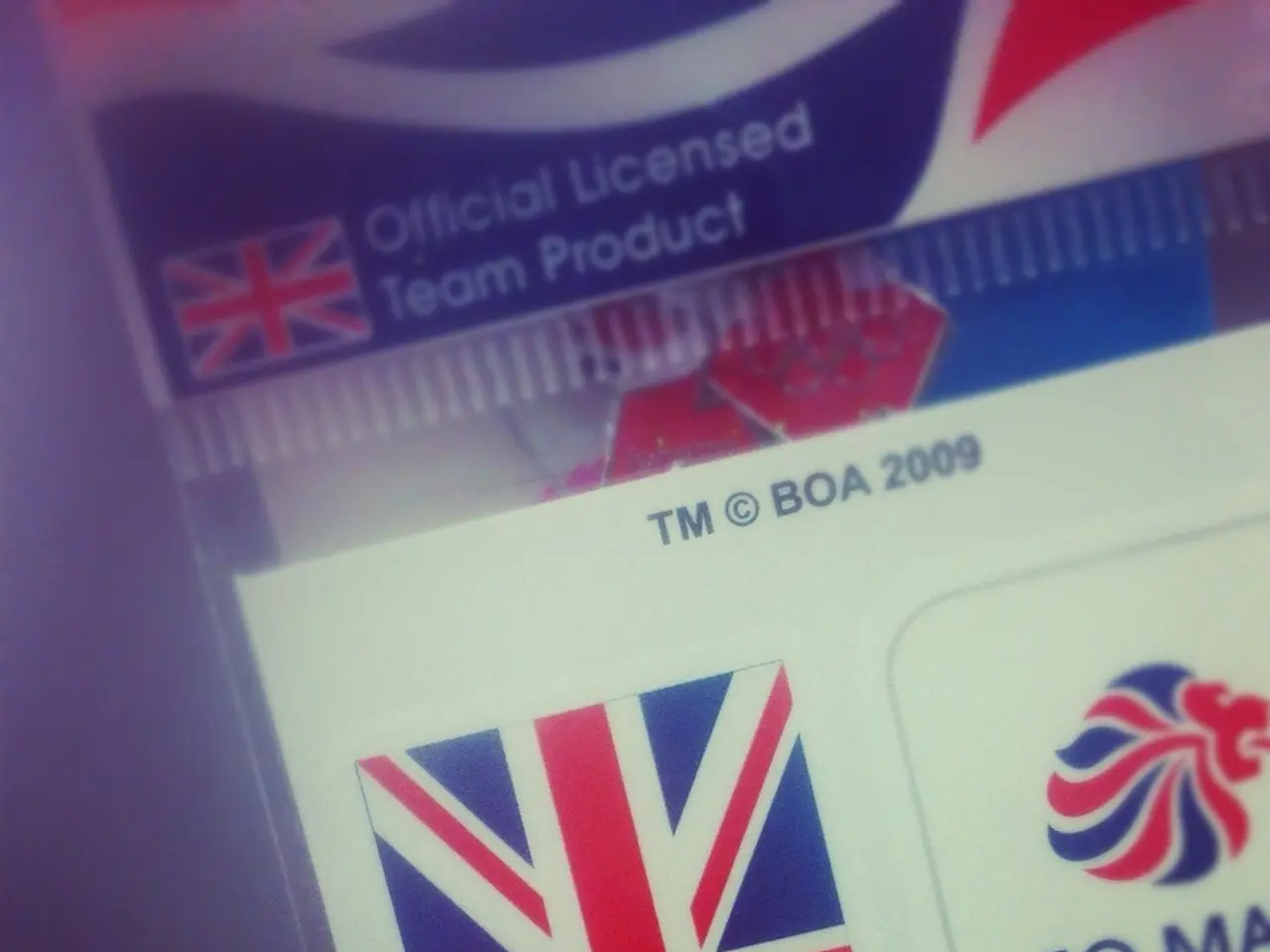Drone Coverage Essentials: Understanding What Your Drone Insurance Ought to Include
In the rapidly growing world of drones, understanding the importance of insurance is crucial for both recreational and commercial users. Drone insurance offers protection against property damage, personal injury, and other potential risks associated with drone operations.
When signing up for drone insurance, you typically have the choice of hull insurance, liability insurance, or both. Liability insurance covers damage to another person's property or assets caused by a drone and bodily injury, while hull insurance applies to the cost of the drone itself should it get damaged.
For recreational and low-risk operations, liability coverage typically starts at a lower level but should still be sufficient to cover potential third-party damage or injury. In contrast, for high-risk activities like FPV (first-person view) racing or freestyle flying, higher liability coverage is advisable due to increased risk of crashes and third-party damages.
When it comes to commercial drone operations, comprehensive liability coverage is essential. Public liability insurance is considered essential for commercial pilots and tends to be included in policies costing between $500 and $2,000 AUD annually in Australia. Coverage amounts should be substantial enough to protect against property damage, bodily injury, and related legal costs since commercial use typically carries greater exposure.
Besides liability and hull coverage, drone insurance can also cover damage to the drone (hull) and persons or property (liability), as well as expensive attached equipment such as LIDAR, thermal cameras, or cinema gear. Additional options like coverage for ground equipment, non-owned UAV liability, loss of use or mission interruption, cyber liability for advanced drones, worldwide operation endorsements, and protection against theft and vandalism can also be included.
It is always advised to consult with an insurance broker to tailor coverage amounts to your specific drone activities and risk exposure. While exact dollar amounts for liability coverage can vary by insurer and jurisdiction, a typical approach is:
| Operation Type | Recommended Liability Coverage | |--------------------------|----------------------------------------------| | Recreational / Low-risk | Moderate coverage, enough to cover property damage and minor bodily injury (e.g., $100,000 to $300,000) | | High-risk (FPV Racing) | Elevated coverage due to crash risk (e.g., $300,000 to $500,000+) | | Commercial Operations | Comprehensive coverage including public liability (often $500,000 to $2 million or more) |
In some territories in the USA, such as San Diego County in California and Boulder County in Colorado, drone insurance is required for commercial operations. Furthermore, some state parks only allow insured pilots to fly drones, such as in Arkansas or Maine.
In summary, drone insurance is an essential tool for protecting yourself and your business from potential risks and costs associated with drone operations. By understanding the different types of coverage available and tailoring your policy to your specific needs, you can ensure both financial protection and compliance with regulatory or contractual obligations.
In the realm of drone lifestyle, the integration of technology and finance becomes paramount, especially when considering insurance to cover potential risks. It's important to note that drone insurance can extend beyond hull and liability coverage, also protecting expensive attached equipment like LIDAR, thermal cameras, or cinema gear. For commercial users, comprehensive liability coverage is a must, typically costing between $500 and $2,000 AUD annually in Australia.




